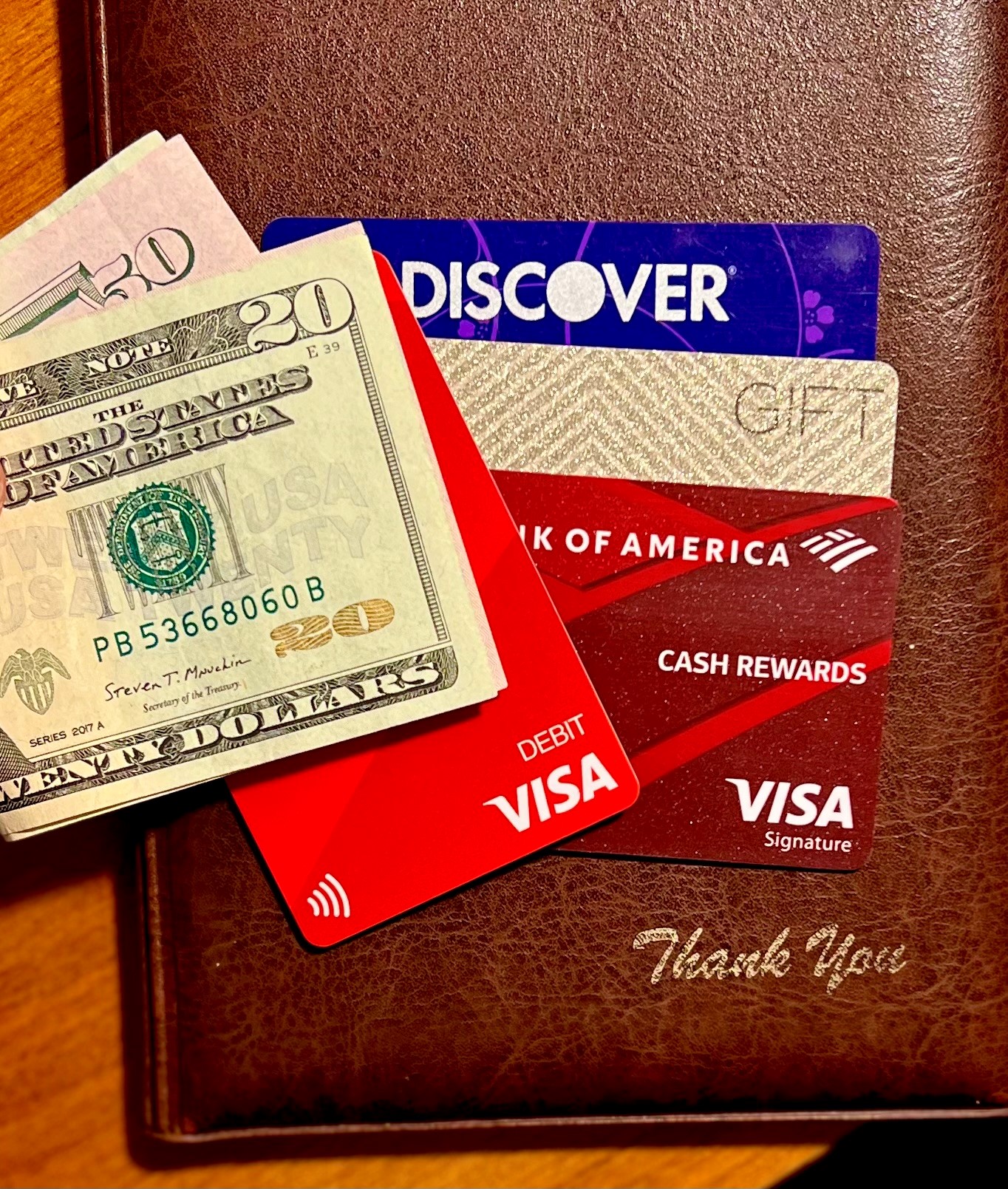You may have noticed the 4% surcharge included on some restaurant checks. Maybe you have included this on checks at your own dining establishments. Surcharging is a great way to add to your bottom line, but these practices could get you in trouble.
- Applying credit card surcharges on debit cards. Much like gas at a gas station, debits, prepaid cards, and cash are not affected by credit card service fees. The same goes for payments at restaurants. Some processing companies won’t explain this difference or simply don’t have the technology to remove a surcharge once it’s been applied to a check.
- Not letting your customer know that you are charging for credit cards. If you decide to add a surcharge on your checks, you must have it displayed publicly. Advertise on your menus and checks or post signs by the host station or front door.
- Not knowing the difference between a surcharge and a cash discount. Cash discounts are not the same as credit card surcharges. A cash discount program allows customers a discount for paying with cash, debit, or a prepaid card. A surcharge program allows the merchant to charge the customer a percentage of the final bill. This allows the merchant to cover the cost of credit card fees by passing it on the customer.
The Credit Card companies are starting to target restaurants that are not in compliance with the NJ Consumer Protection Act. And the fines can be outrageous. Second offense violations are around $50,000 dollars. First thing you should do is talk to your processor to make sure you are up to date on the current law. Be sure to email me for a recommended list of processors current on these laws.
Cheers 🥂
Questions? Contact me!

